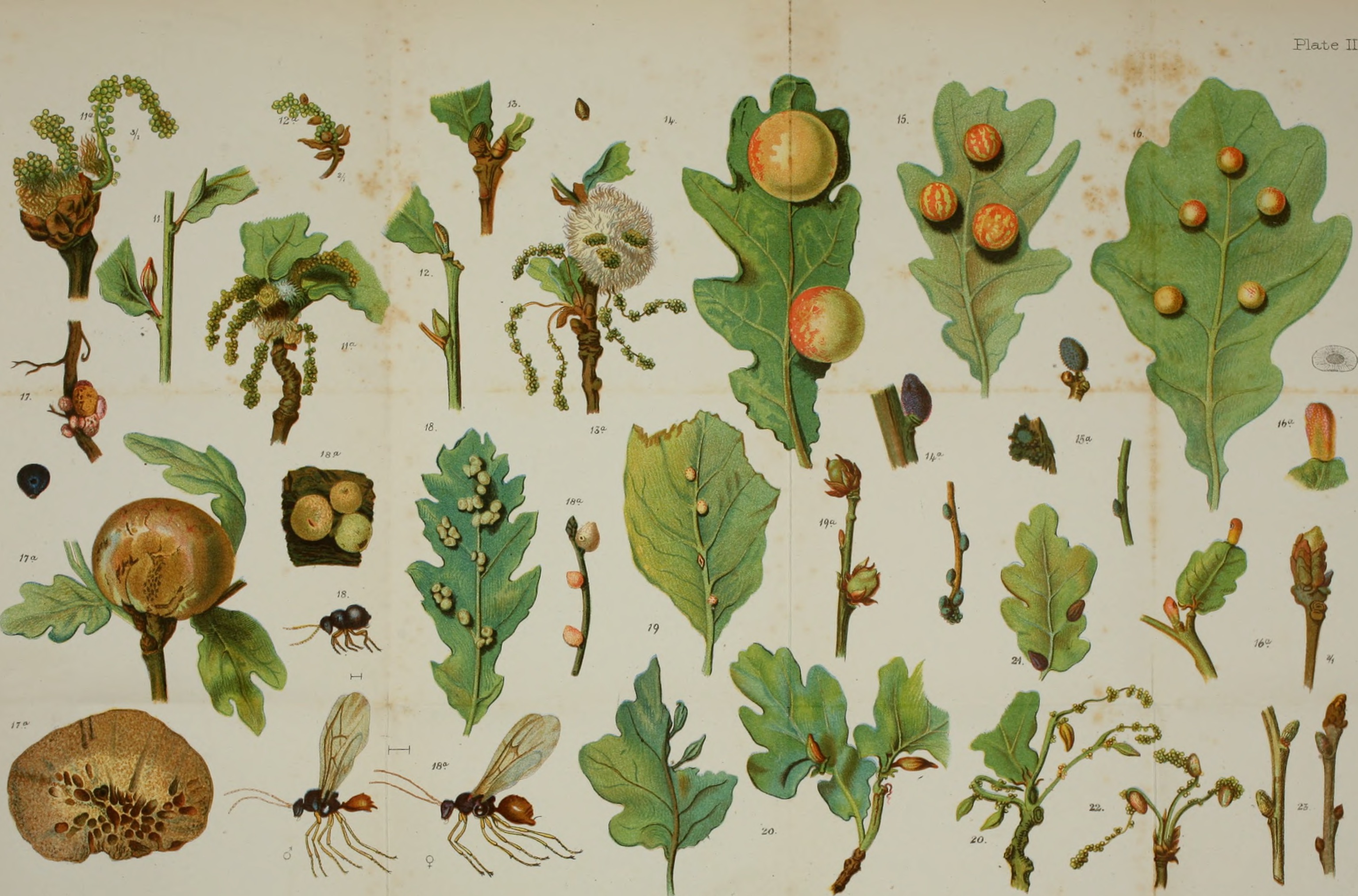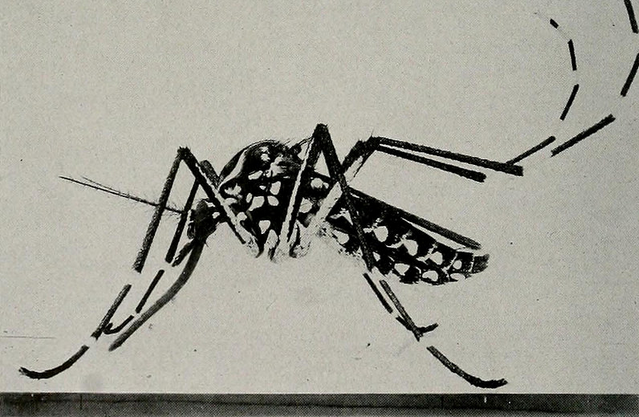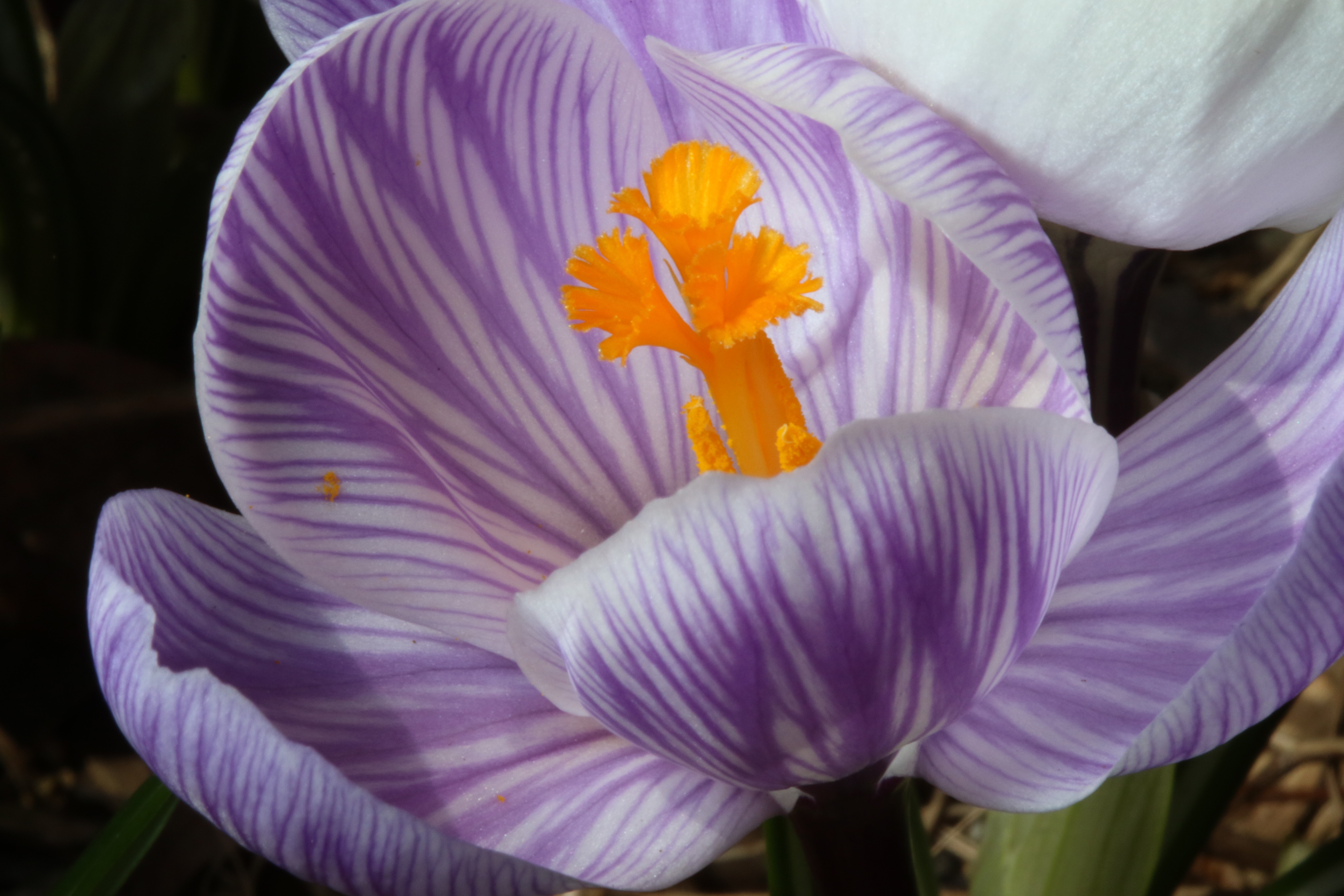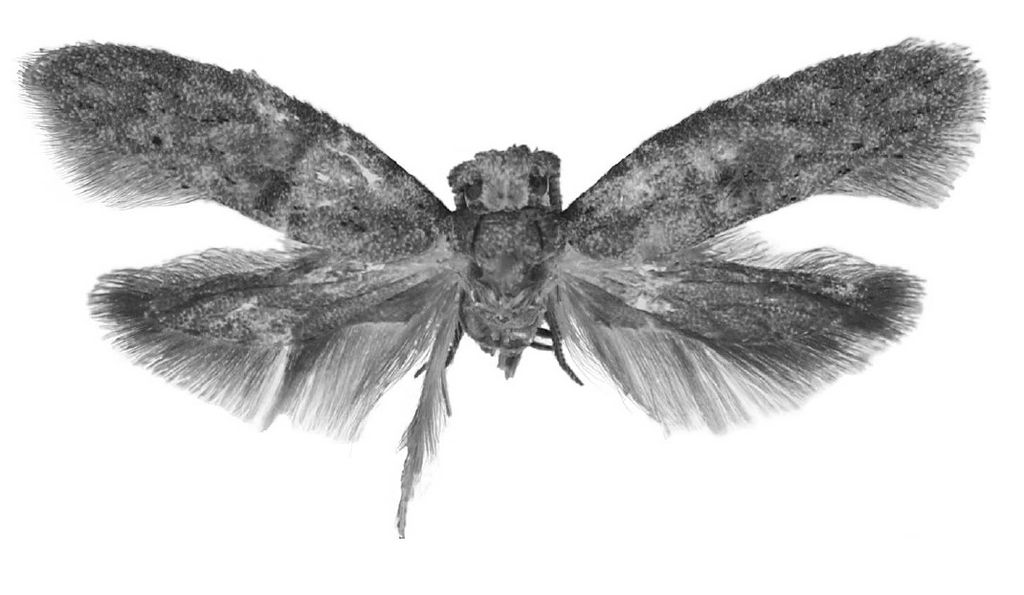Imagine your safe in your home one evening, binging on your favorite entertainment. Suddenly the walls of your house crumple outward with violent force. Before you can react, slightering vines reach out of the dark beyond the hole and stretch towards you. You desperately try to scramble away but one vine has already lashed itself to your ankle. As more vines grasp hold, you are horrified to see root like structures burrow into the places where plant touches skin. Before long, you feel the strength to fight slipping away as the deadly vines begin to feed. While there are no plants known to ensnare and devour humans in this macabre way, scientists have found evidence that some parasitic plants have more of a taste for animals than previously thought.
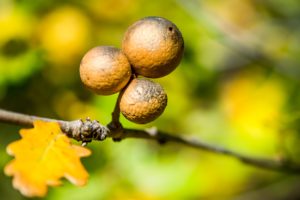
Plants contend with threats from both inside and out. Besides herbivores who readily munch on leaves, plants such as oak trees have to worry about insects living within their tissues. Gall-forming insects manipulate host plants into making tumor-like structures to house their young. Galls are typically formed by chemicals injected into plant tissue by either larvae or adults laying eggs.The immature insects feed on the tissue of the gall and mature in safety within the walls of the gall. While a gall may be made of plant tissue, it is considered by scientists to be an extension of the insect housed within the structure.

In this study, researchers found the parasitic love vine, Cassytha filiformis, attacking two species of gall forming wasps on oak trees in southern Florida. The love vines were found to be attached to the galls by haustoria, or root-like structures that connect to the vascular tissue of the host plant. Out of 51 samples of oak galls formed by wasps, 23 contained fully mature but mummified wasps!
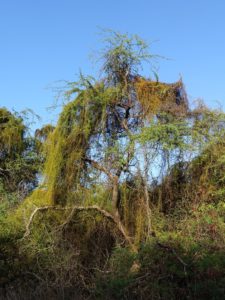
This exciting finding expands the possibilities that scientists have considered for interactions between plants and animals. Thousands of species of both parasitic plants and gall-forming insects are known to occur and they are found all over the world. So the potential for finding even more of these interactions is very high. Even broader implications for cancer detection could result from this research exist as scientists work to understand how the vines seek out the tumor-like galls.
References:
- Egan, S. P., Zhang, L., Comerford, M. & Hood, G. R. Botanical parasitism of an insect by a parasitic plant. Current Biology 28, R863–R864 (2018).
- Love vine sucks life from wasps, leaving only mummies: Biologists document dueling parasites on South Florida oak trees. ScienceDaily Available at: https://www.sciencedaily.com/releases/2018/08/180820150153.htm.

